TRACING THE PATH PODCAST
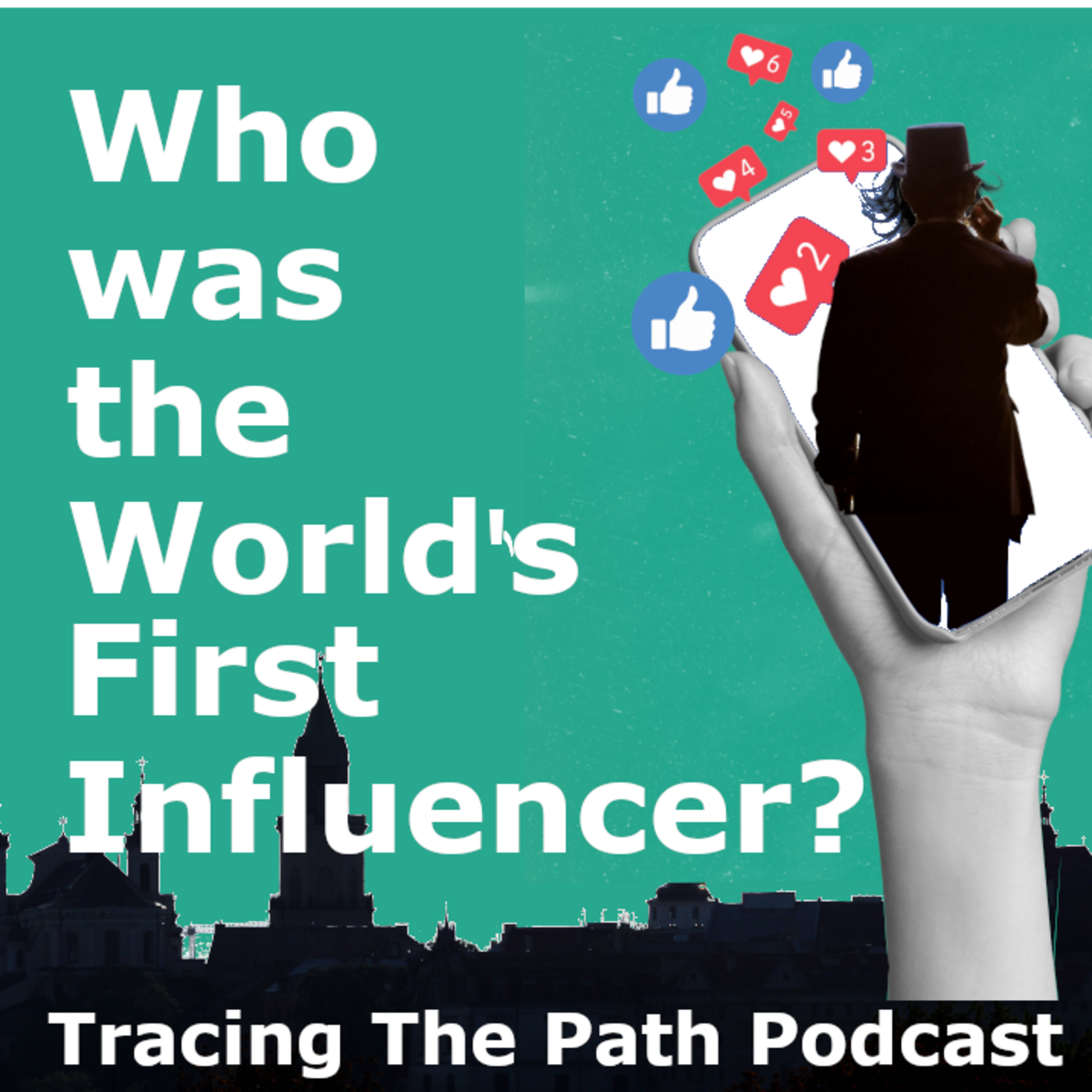
Was Dickens the World’s First Influencer?
This podcast episode, presented as a petition to the Oxford English Dictionary, argues for a revised definition of “influencer” to encompass historical figures like Charles Dickens. The current definition, heavily tied to social media, fails to acknowledge individuals who used their craft and celebrity to enact significant societal change long before the internet.
Through the detailed biography of Charles Dickens, the episode highlights his experiences with poverty and injustice, explaining how these fueled his literary works, such as Oliver Twist and A Christmas Carol, which profoundly influenced public opinion, led to legislative reforms, and even sparked real-world actions. Ultimately, the podcast aims to demonstrate that Dickens exemplifies an “influencer” whose impact transcended mere popularity, driving tangible social and political transformation through his widely disseminated stories and public presence.
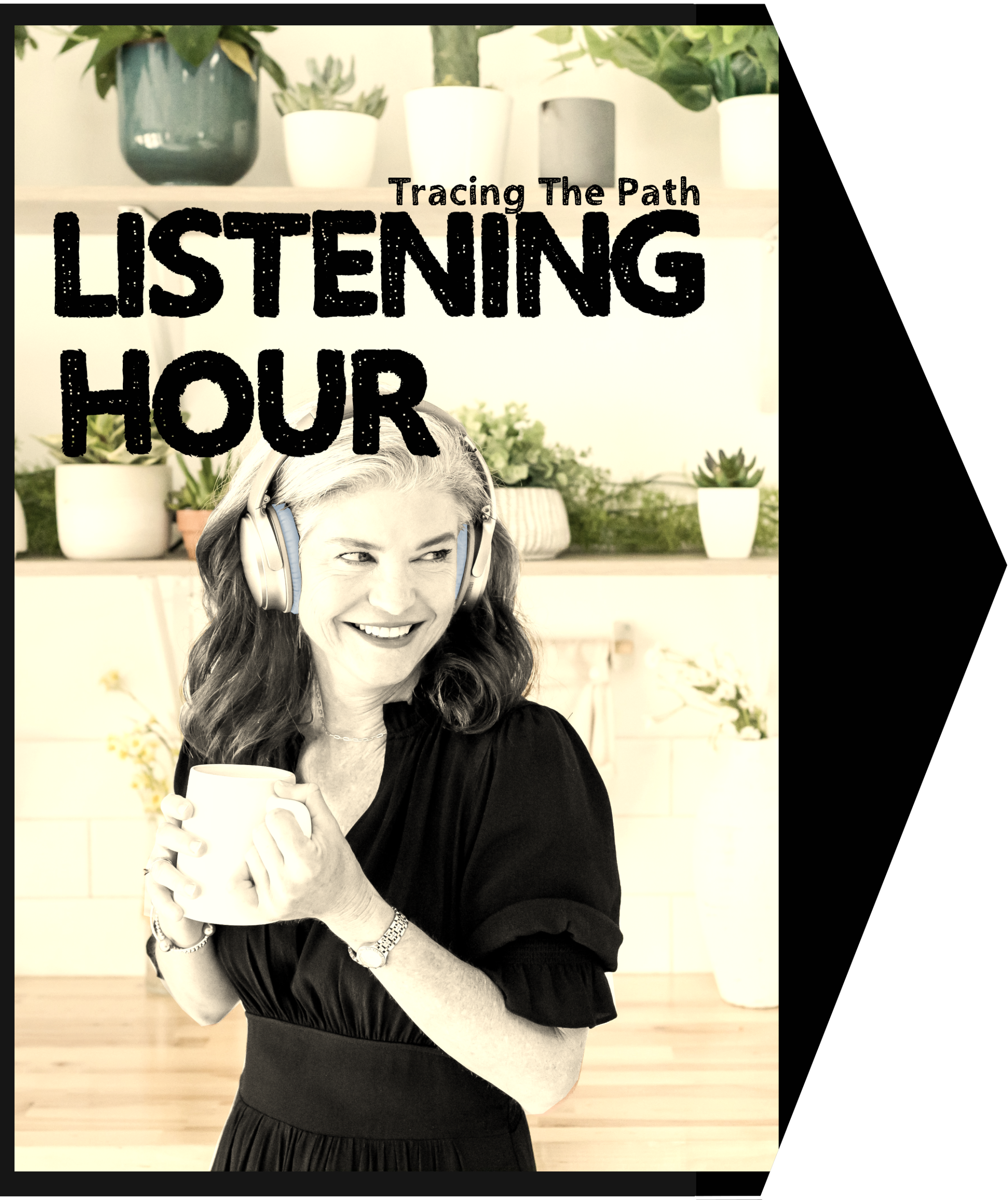
Audio Hour:
If you run an activity group, classroom or “audio book club”, click here for more information on using Tracing The Path.
Throughout the episodes, every tune is somehow related to the topic. In the Twinkies episode, for instance, the discussion of the Brooklyn Tip-Tops Baseball team concludes with “Take Me Out To the Ballgame”.
How many do you recognize? And harder, how many can you name?

The Definition of Influencer
Dear editors of the Oxford English Dictionary, we have come across a definition in your book that is wholly incomplete and is therefore incorrect. Please accept this audio explanation as our petition to make a change.
We’d like to tell you a story that explains the definition.
Let us begin our story.
If you recall, the Oxford English Dictionary is different than most, and that it uses citations of words to build definitions. When it first started, thousands of people would read books, newspapers, and magazines, and would mail to the Oxford Dictionary people, examples of words they came across, how they were used, and from where they found the word.
Today, it still requires citations to update an entry. And for that reason, it wasn’t until 2016 that the word “influencer” was added to the dictionary.
As its use on social media was on the rise, Oxford added it, giving it two separate meanings. The first meaning is simple.
It is based on the suffix ER added to the word “influence” and is written one who or that influences others. It has citations from 1664, 1775, 1826, and 1886 to back that up.
Its second definition of the word captures how the word is sometimes used today, and states it as:
“a person who has become well known through the use of the internet and social media, and uses a celebrity to endorse, promote, or generate interest, and specific products, brands, etc., often for payment.”
It is here where we find fault in the Oxford English Dictionary’s definition.
There is a difference between the person who influences household purchasing decisions and the likes of Nelson Mandela, who influenced the world to take a stand against Apartheid. Most notably, the OED does not provide the right language for those influencers bringing light to social causes and also doing it without the use of social media.
Books, newspaper, radio, broadcasts, TV, and social media are all voice platforms, but not one of them is required over another.
In 1999, Time Magazine began publishing a list of the top 100 most influential people, and managing editor Richard Stengel said this about that list.
What we look for are people whose ideas, whose example, whose talent, and whose discoveries transform the world. Leaders, heroes, artists, and thinkers.
In 2000, they expanded the list to include activists, reformers, researchers, heads of state and captains of industry. And in 2015, they began publishing a list of those on social media and the internet, further cementing the idea that the internet and social media are only part of the word influencer.
Influencers have existed and been written about long before the internet. While there have been very, very popular rock star celebrities since the beginning of time, like Mozart, Caesar, and Shakespeare, the first to use a celebrity to influence society was born later in 1812.
But of course, that is over 200 years ago, long before the Internet.
And thus we begin on expanding the definition with the hero of our story.
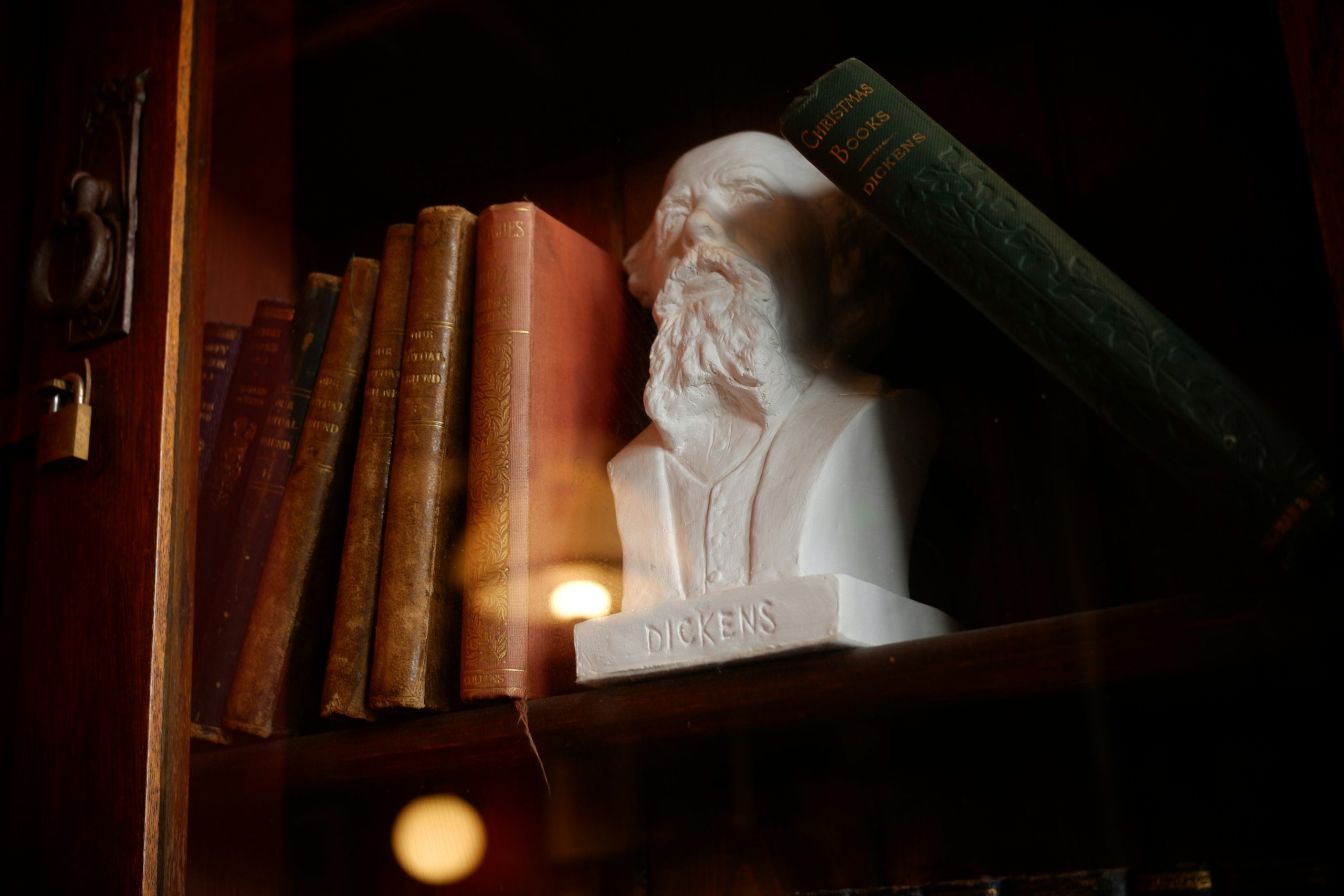
We Begin With Charles
Charles John Huffman was born on February 7, 1812 in Portsmouth, Hampshire, England. He was born in the middle of the Industrial Revolution, a time which ushered in great changes in England.
Before this, England was largely in a agrarian society.
The rise of industry moved people out of the countryside and into the city, birthing a new working class. Not wanting to feel second class to the gentleman of the upper class aristocracy who didn’t have to work to survive, this new middle class extolled work as a moral virtue. They made the earnings of wealth a high status and declared earning was a sign you were morally virtuous and blessed by God.
To cement their place, they stigmatized the poor and impoverished as weak and evil. They even legislated morality by forcing anyone caught begging or failing to pay their debts would have to go into a debtor’s prison, where they were taught to work for their freedom.
In debtor’s prison, they worked to make enough money to pay off their debts and pay for their incarceration. Many brought their families to work, alongside them, and many had to stay a long time.
Which brings us back to Young Charles John Huffman.
Charles’ father was a Navy clerk, a position that paid him enough to send Young Charles to private school. But perhaps private school and lust living became too much.
When Charles was twelve, his father found himself in debt, and was forced by his creditors into Marshall’s Sea, Dettler’s Prison. They had eight children, and at twelve years of age Charles was the second oldest.
Charles’s father and mother and younger siblings went to the prison, but Charles was sent to live with a family friend, and made to quit school and worked ten hours per day at a shoe polish factory.
Later in life, Charles recalled his time there:
“The blacking warehouse was the last house on the left-hand side of the way. At Old Hungerford Stairs, it was a crazy tumble-down old house, a building of course on the river and literally overrun with rats. Its waned-coated rooms and its rotten floors and staircase and the old gray rats warming down in the cellar and the sound of their squeaking and scuffing coming up the stairs at all times, and the dirt and decay of the place rise up visibly before me as if I were there again.
The counting house was on the first floor looking over the coal barges in the river. There was a recess in it, in which I was to sit and work. My work was to cover the pots of paste-blacking, first with a piece of oil paper, then with a piece of blue paper. To tie them around with a string, and then to clip the paper close and neat.
All round, until it looked as smart as a pot of ointment from an apothecary shop. When a certain number of grocers of pots had attained this pitch of perfection, I was to paste on each a printed label and then go on again with more pots. Two or three other boys were kept at similar duty downstairs on similar wages.”
Charles was there eight months, at which time the family had paid its debts. He then went back to school until 1827.
A relative got Charles a job as a clerk at a law firm where he was fascinated by shorthand and became quite adept at it. Shorthand skills were important for reporting, which earned him the opportunity to freelance at the House of Commons, reporting on legal proceedings, including all the proceedings leading up to the 1830 Reform Act, which gave the middle class voting rights.
One of his uncles offered him another job, this time for the mirror of Parliament, where he worked in the House of Commons reporting n parliamentary debates, and most importantly, the discussions in fervor around the window tax in the 1834 poor laws.
It was at this moment in his life that he saw how the poor and downtrodden were treated and considered. It was the lessons he learned here that would make him the most famous person in the world.
He soaked in every the window tax they were discussing had been established in 1696 as somewhat of a progressive tax on prosperity. It had two parts, a fixed two-shilling per house tax and additional taxes for houses with more than ten windows.
Since 1696, however, the tax had gone up quite a bit, forcing the poor to brick up their windows. It weighed heavily on Charles that the poor were being taxed on light and air.
\The poor laws took it a step further. Since the working class felt they could legislate work ethic, they decided that anyone who needed public assistance should be so uncomfortable, they would desire becoming private working citizens.
So anyone on public assistance would be sent to workhouses to earn the public assistance. But to teach them they would be better off being self-sufficient. They split up the husbands from the wives, the mothers from the children, and the sisters from the brothers.
But for the poor, the teaching moment was replaced with pain, punishment, and shame. It created the opposite outcome that was intended.
His time as a reporter was enlightening, but not fulfilling.
Charles found himself in love with literature, art and theater. He felt his true passion was acting and spent much time entertaining friends with impersonations and stories, and he spent a great time at theaters.
Charles Dickens, Author
And in 1933 he went out on a limb and wrote a short story, submitting it to a monthly magazine. He recalled one evening at Twilight with fear and trembling, leaving the manuscript in a dark letter box in a dark office up a dark court on Fleet Street. He left it there anonymously, titled, “A Dinner at Poplar Walk.”
When he returned later to check on it to see if they were interested in publishing it, they indicated they liked it, and they were going to publish it in the December issue. But not only did he not get paid, he also had to buy the issue in order to see it.
The story he wrote wasn’t great; it was a livery sketch of daily life, to which he wrote more.
Each month the monthly magazine asked for another story. It wasn’t until August, however, that he gave the series a title and an author.
He chose the author name, “Boz,” a name from his childhood. And later, when all the stories were put together and were published as one group, he called them “The Sketches of Boz,” which accidentally made it all the way across the Atlantic to America and landed in the hands of Edgar Allen Poe.
The publisher of Sketches of Boz, Chapping and Hall, asked Charles if he’d be interested in adding prose to some illustrations they had drawn. Charles jumped at the chance, and the illustrations turned into an actual serialized story called “The Posthumous Papers of the Picwic Club.
On the fourth installment, with the addition of a character called Sam Weller, “Sales of the Magazine” shot up. It was an unprecedented rise in sales in the Victorian era.
The paper began selling 40,000 copies a month, to which they also began selling associated merchandise and even begat a spinoff story, all because of Pickwick.
But Charles didn’t want Boz to be the author of these. Instead, he used this real name.
These stories might just make him famous. His real name was Charles John Hoffman, Dickens.
But the world would only know him as Charles Dickens.
Charles Dickens the Influencer
Charles understood the medium of literary art and how it was non-confrontational compared to court reporting, per se. He learned from his Pickwick audience how empathetic the audience could become to the characters.
So he decided to write a story that could describe the horrible conditions the poor laws created by recalling on his own experience at the Warren Blacking factory. His new novel would also be serialized, Chapters 1 through 3 coming out in February of 1837.
The new story was called Oliver Twist.
He used the story to show the vile conditions of the workhouses, extending the depiction of poverty to London’s squalid streets. He aimed to show the difference between the Christian values of the Bible and the attentions of the poor laws, and finally to connect politics with life.
Railing against the government in an opinion piece, picketing and giving some speeches, might have brought the same awareness, but he felt his gift would be to influence by creating empathy for the kids in the situation.
Oliver Twist immediately started debate about the poor laws.
As people had been attached to Oliver and felt for his situation, they began to change their views of how the poor should be treated. And by 1848, the poor loss were repealed. Because of his new influence, it was brought to his attention that there were horrid boarding schools in Yorkshire.
Dickens visited the countryside and learned that the boarding schools were being run as storehouses for unwanted boys. Boys from first marriages, accidental children, and children of widows were brought there. There they were neglected and abused until they were dumped on the streets at eighteen.
Dickens found one where two pupils had gone blind from beatings, where a headmaster had been prosecuted for neglect, and where one child had perished every year on average.
Not even the people of Yorkshire knew what was happening.
So Dickens began to weave a tale about a boy who was employed at Yorkshire boarding house, thus becoming well aware of what was happening there. The first three chapters of this new book came out in March of 1838, titled “Nicholas Nickelby”.
Well before the series was half over, readers spontaneously gathered at the boarding schools, ejected the headmasters and removed the children, then sent them a blaze. By the end of the publication, all the Yorkshire boarding schools were gone.
Charles could see now how much influence he had and how much money his stories were making for the publications and decided he would issue his own publication going forward.
He thought a weekly publication versus monthly would generate more revenue. He also thought he would include other writers to take the burden off producing new chapters each week. His new publication, called “Master Humphrey’s Clock” would start with his next new novel, The Old Curiosity Shop.
Master’s Humphrey’s Clock sold well as high as 100,000 copies a week. The Old Curiousity Shope went nuts with excitement, and for the final installment, Dickens left readers with a cliffhanger ending, leaving them to wait, another month before the final installment.
Dickens In America
Across the Atlantic, the wait was deafening, especially with the additional wait required to ship copies across the Atlantic. There are stories of crowds gathered at New York Harbor, asking those aboard if they knew of anything. And when the ship bearing the series finale finally docked in New York, a mob desperate to read the ending stormed the war, a scene that would make any modern-day publisher swoon.
America was a mysterious frontier for Dickens.
He knew he had throngs of fans, but copyright laws there left him without a dime for his printed work. America offered no copyright protection to foreign authors, which Dickens wanted to change.
Someone like Charles Dickens could be published and printed by any newspaper or publisher. Since there was no copyright protection, the value of publishing of four and author became who could publish it first.
The publishers sent book bounty hunters to intercept manuscripts being sent to publishers and smuggle them back to America. So on January 3rd, 1842, Dickens, his wife, her maid, and their raven sailed from Liverpool on the Steamship Britannia to New York City to make their case to whatever American authorities they could stand in front of, for an international copyright law.
Dickens was now so famous, the dock he landed at had to be hidden, but it didn’t matter as the masses were waiting, and they found Dickens before he made it to his carriage and mobbed him.
At first Dickens reveled in the attention, but soon grew tired of the never-ending demand of his time. He wrote home to a friend saying, “I can do nothing. I can go know where I want to go and see nothing I want to see. If I turn in the street, I am followed by the multitudes.”
Even sliding into a visit at church, people would fight to sit next to him in a pew.
His main goal of the trip was to speak at length on the idea of an international copyright. He was amazed at how the media and people he met with were appalled by the idea. But the publishing industry at the time worked more like a vanity press, where authors actually paid to be published, and publishers made the money from sales.
Therefore, the publishing lobby always worked hard against any copyright legislation that came to Congress. And so Dickens could not find an empathetic audience, though he did present to Congress a petition, signed by 25 British writers and 25 American authors, in favor of copyright laws, including the likes of Washington Irving.
One of those in favor of an international copyright law was long-time author, Edgar Allen Poe. Edgar had found inspiration in Charles’ short story, a confession found in a prison in the time of Charles II.
He used it in crafting his poem, The Telltale Heart. After meeting Dickens’ wife and their pet Raven, it inspired him to change a poem he had been writing about a peacock.
For Dickens, the lack of copyright protection was a bit of a double-edged sword. On one hand, Dickens lost untold monies in book royalties, but on the other hand, because there were so many editions of his book, he became extremely famous. And he learned on the trip people would pay for book readings and public appearances.
He made $110,000 on his America trip worth $4.4 million today.
He didn’t actually change anything on the copyright front while in America, but the seed had been planted.
Returning to England, he was almost immediately confronted with the government’s second report on the estate of child labor, and he was appalled. He immediately wanted to create and distribute an informational pamphlet titled “An Appeal to the People of England on behalf of the poor man’s child.”
But instead, he pulled back and wrote a letter to the Commissioner of the Report, letting them know that when he responds publicly, it will be like a slap-chamber has come down with twenty thousand times the force.
Over the course of the year, and speaking to large groups in small, it occurred to him that most of the audience related to the personal stories he had to tell, not necessarily to the reaction he had to the report.
A Christmas Carol
And he decided, instead of publishing the pamphlet, he would write a deeply felt Christmas narrative for the end of the year. England is far north of the equator, and thus is very dark during the months of the September through January.
The Industrial Revolution had changed Christmas dramatically.
In a growing society, once the harvest was over, communities celebrated Christmas for twelve long days. But in the city, the celebration was tempered dramatically, and often just included dinner with family and friends.
The darkness made telling ghost stories more common than Christmas tales.
But Christmas had just gotten the small boosts from Prince Albert’s Christmas tree photos making front page news. And while in America, Dickens had enjoyed Washington Irving’s depictions of the holiday.
And so over the course of two weeks, Dickens crafted a holiday ghost story. Though he had no idea it would change the world forever, his story immediately had the desired effect.
The wealthy began to understand they really had a role in helping the poor that they weren’t doing. Many became disgusted by how far society had come from the caring people they thought they were. In fact, before Charles Dickens’s “A Christmas Carol”, no one had asked about the true meaning of Christmas before.
A Christmas Carol changed everything.
It wasn’t just the words either, even the illustrations conveyed meaning. When the ghost of Christmas present was pointing to the children of want and need, factory smokestacks were seen drawn the background.
Soon after the publication of a Christmas Carol, consumer sentiment leaned much more towards empathy for the poor kids, and Parliament passed reform to limit children’s working hours. Because it was a ghost story, it was the first time people started to ask, if you had the spirit of Christmas.
Charles Dickens, a Christmas Carol, forever changed Christmas for the world, gave it meaning and created that feeling that we know and love today.
In 1850, they can start a new weekly journal called “Household Words”. It was editorials and household words, where he wrote some of his most influential work.
In 1851, he published an article titled “Red Tape”, finally addressing the window tax he had learned about his youth. It was his chance to really rally against the fevery of light and air.
The Red Tape editorial came out just five months after Parliament once again failed to repeal the window tax. Shortly after, Dickens’ Red Tape article helped finally lead it to full repeal.
That same year, he gave a speech to London’s Department of Health, citing his time at the rat-infested shoe polish factory, and claiming that neither economic, religious, nor social reform will do anything for the poor without improved water and sanitation.
Perhaps we didn’t mention it, but we chose Charles Dickens for this example because we believe Dickens to be the very first international influencer. Dickens influenced led to the sale of books and newspapers.
He was able to move governments to make change and society to take up new ideals. His success came from his craft and it reached many continents.
As evidenced by his speeches, others came to him for his opinion.
And he networked with peers like Longfellow, Dostoevsky, Poe and Irving.
But Charles Dickens’ influence was not dependent on social media. Thus a new definition needs to be added to the Oxford English Dictionary.
Perhaps it should read that an influencer is one who gains fans and followers through successes at his or her craft, then uses that celebrity to enact change, create actions, and to induce sales, a Dickensian style of leadership. Yours truly, Dan Morris.
CUTTING ROOM FLOOR
To hear all the stories that hit the cutting room floor, you have to listen to the episode.
ABOUT THE SHOW
Let us tell you the story of the 20th Century, by tracing each event back to the original decisions that shaped it. You’ll quickly find out that everybody and everything is connected. If you thought you understood the 20th Century, you’re in for a treat.
Tracing the Path is inspired by storytellers like Paul Harvey, Charles Kuralt, and Andy Rooney.
INTERCONNECTED EPISODES
 |
Oxford, Tolkein and the Accidental Murder Who knew what it would take to make a dictionary. |
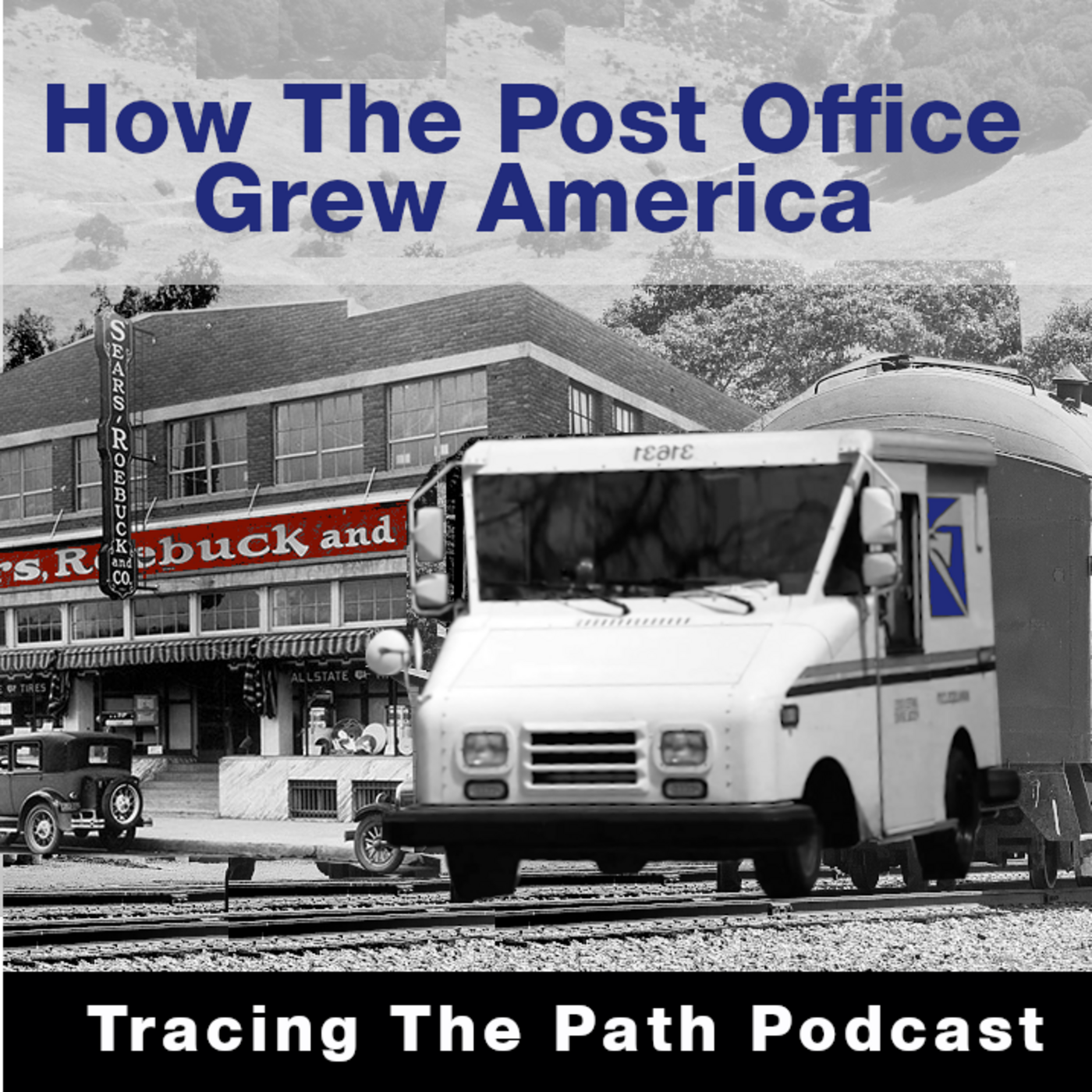 |
How the Post Office Grew America? You’ve never heard how important it was for the Post Office to Expand |
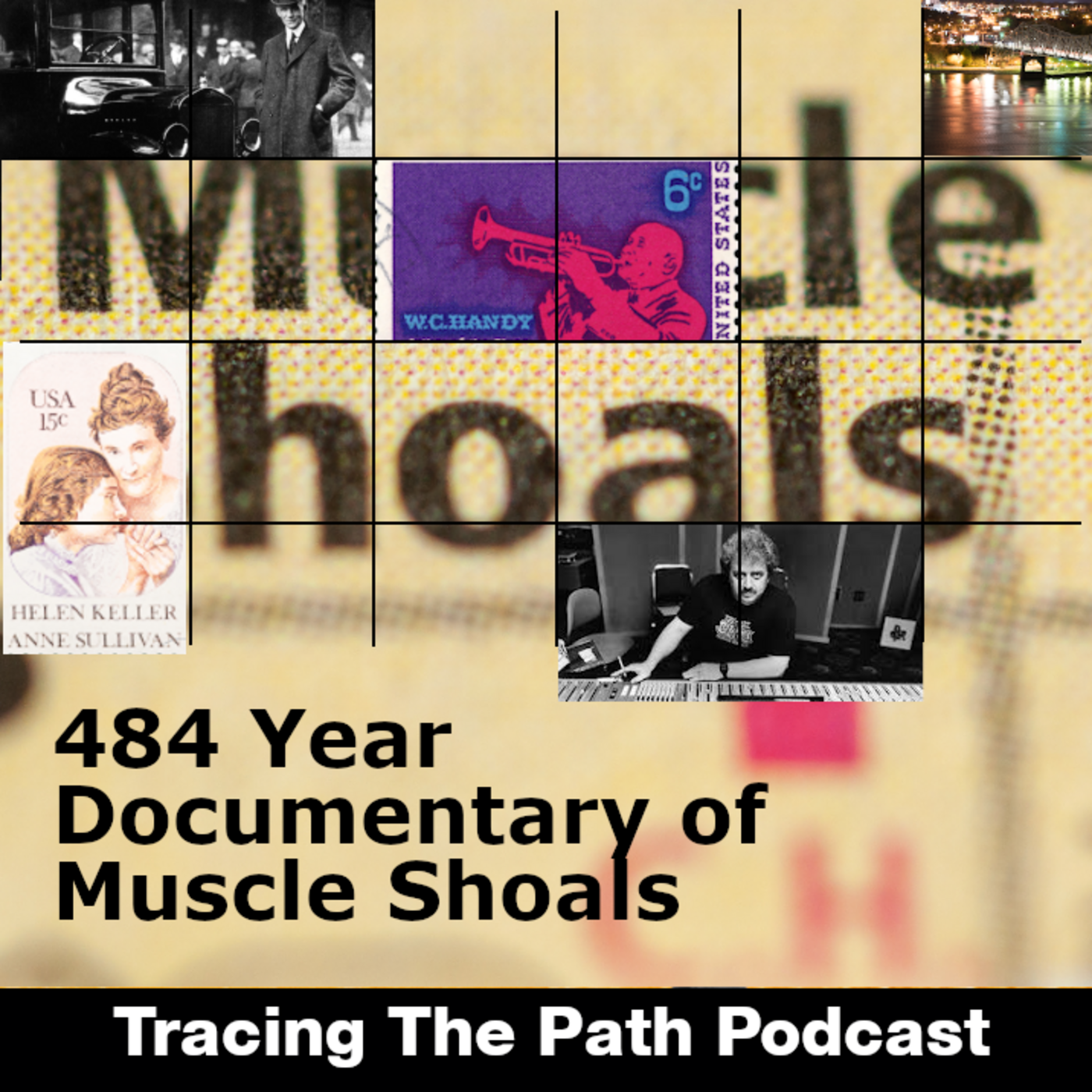 |
484 Year Documentary of Muscle Shoals It wasn’t just the music that made it famous? Can you hear Helen Keller? Or see Henry Ford? |
 |
1848 The Year Halloween Began Have you ever heard the origin of Halloween? |
SEE THE BIBLIOGRAPHY
SUBSCRIBE AND LISTEN (FOR FREE!)
RATINGS & REVIEWS
If you enjoy this podcast, please give it a rating and review.Positive ratings and reviews help bring Tracing The Path to the attention of other history lovers who may not be aware of our show.



